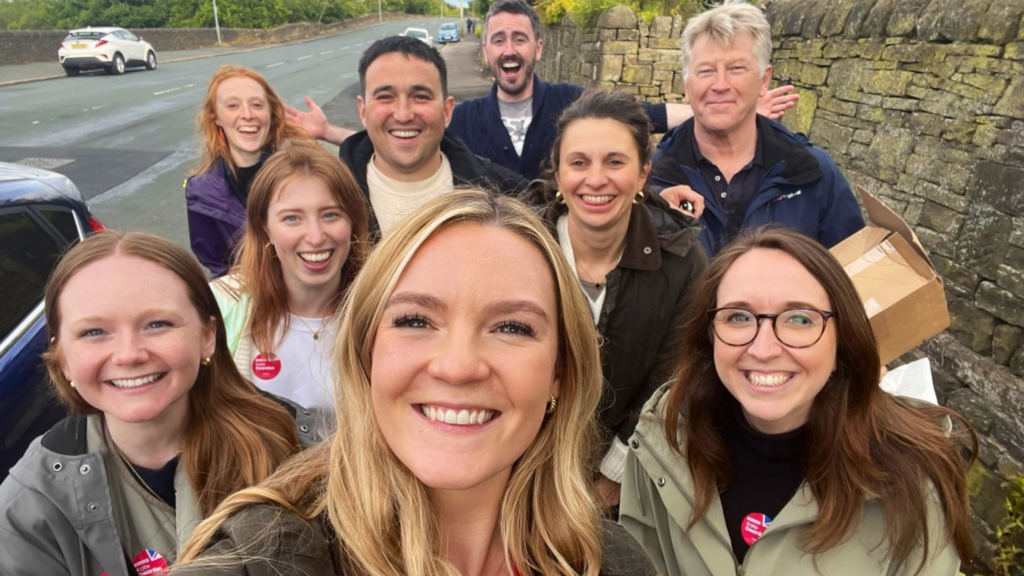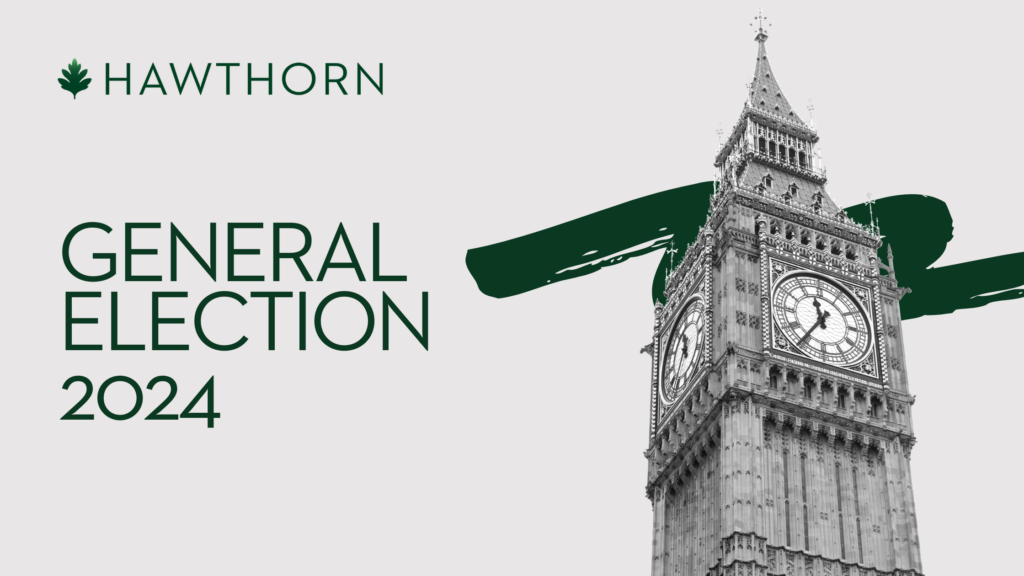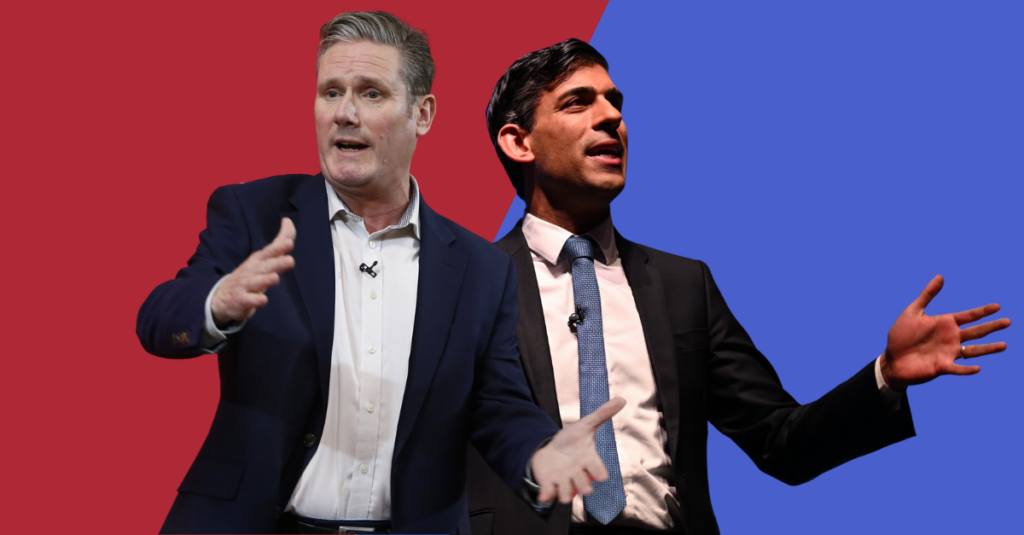This summer, I moved to Yorkshire for five weeks to work on Labour’s general election campaign. There have been hundreds of articles written about how Labour won, but I thought it’s worth sharing a few reflections from my “on the ground” experience.
The consultancy vs doorstep mismatch
While we spend a lot of our time thinking about client policy areas such as AI, energy transition and business taxation, it won’t be a surprise to hear that on the doorsteps of Britain, the conversations are a little different. Cost of living, immigration, crime and the NHS (and potholes of course!) dominated and are the issues that will fill the inboxes of MPs.
That doesn’t mean that we should advise our clients to start advocating in policy spaces that mean little to their business, but it’s useful to think about the many directions MPs are being pulled in on a single day. It’s likely they are already thinking about the next election, so your email needs to persuade an MP to take 5, 30 or 45 minutes away from the issues that their voters care about. Keep it short, focused and relevant.
Don’t lobby candidates during the short campaign
Campaigns are relentless and even the most seasoned politician will occasionally suffer from ‘candidatitus’ – thinking they’re going to lose because of one bad conversation or becoming utterly convinced that a minor local council issue from eight years ago will lose them 3,000 votes.
Within that context, I was surprised to see attempts to ask candidates for help during the campaign. I saw one candidate cold approached for views for the intel slide on a pitch deck. It went down really badly, and for the person sending it gave the impression that they haven’t the first clue about politics – not great for a public affairs pro!
Candidates are incredibly busy speaking to voters, making videos, finalising print copy, meeting community stakeholders and everything else in between. There’s only one way to demonstrate your ‘ins’ with a particular party during a short campaign, and that’s by making yourself useful and knocking on some doors.
A smart campaign won it for Labour
Labour was undoubtedly helped by the collapse of the Conservative and SNP vote, the late entry of a Farage-led reform and the Liberal Democrats targeting Conservative seats. But to be the beneficiary of others misfortune, you need to be in a position from which you can capitalise.
Labour’s campaign strategy accounted for other party’s pressure points. The headline policies had been consistent for two years and the message discipline observed almost without fault. They resisted traps laid by others and stuck to the plan. Labour’s well-documented courting of business had served the primary purpose of reassuring voters that Labour could be trusted with the economy – an issue that has lost Labour many elections.

What now?
Campaigning and governing are different skills, and it will be much more difficult for Starmer and his team to retain the kind of discipline that won them the election – though he will certainly try.
Labour is clear on what it wants to achieve in government – it’s all in the manifesto – and has wasted no time in getting started. Our task is to position our clients as critical enablers to achieving these missions and to help facilitate strong, trusted relationships.











